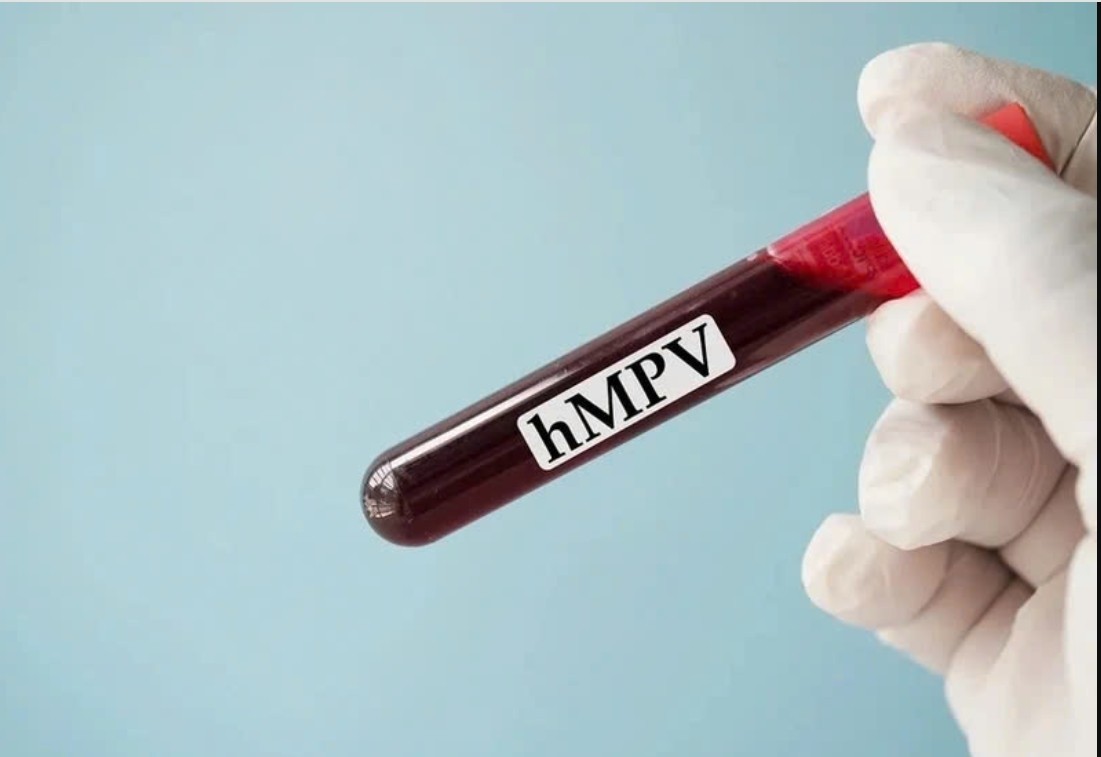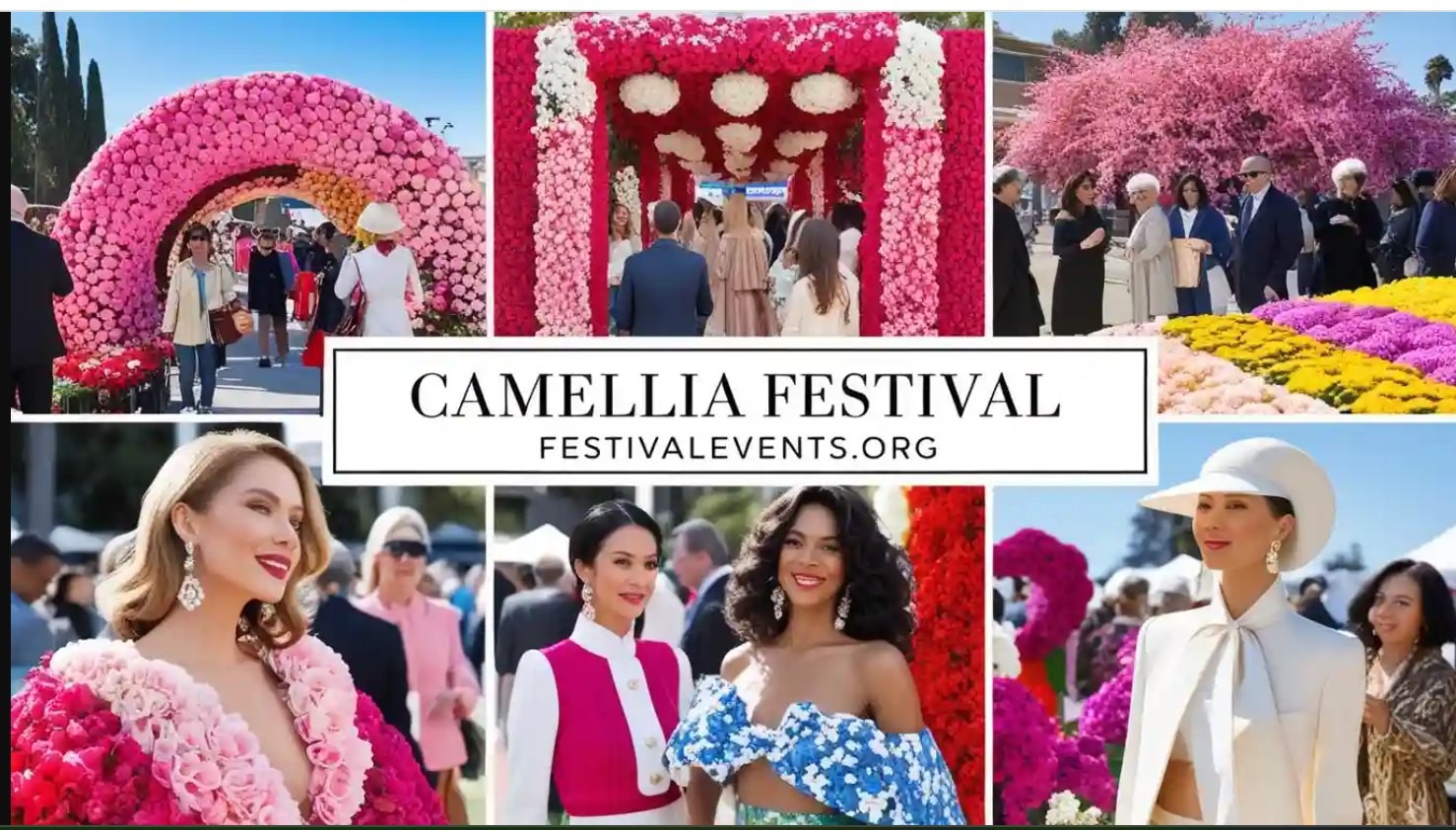Gaza Strip - Israel Conflict: Background, Timeline and Who Involved
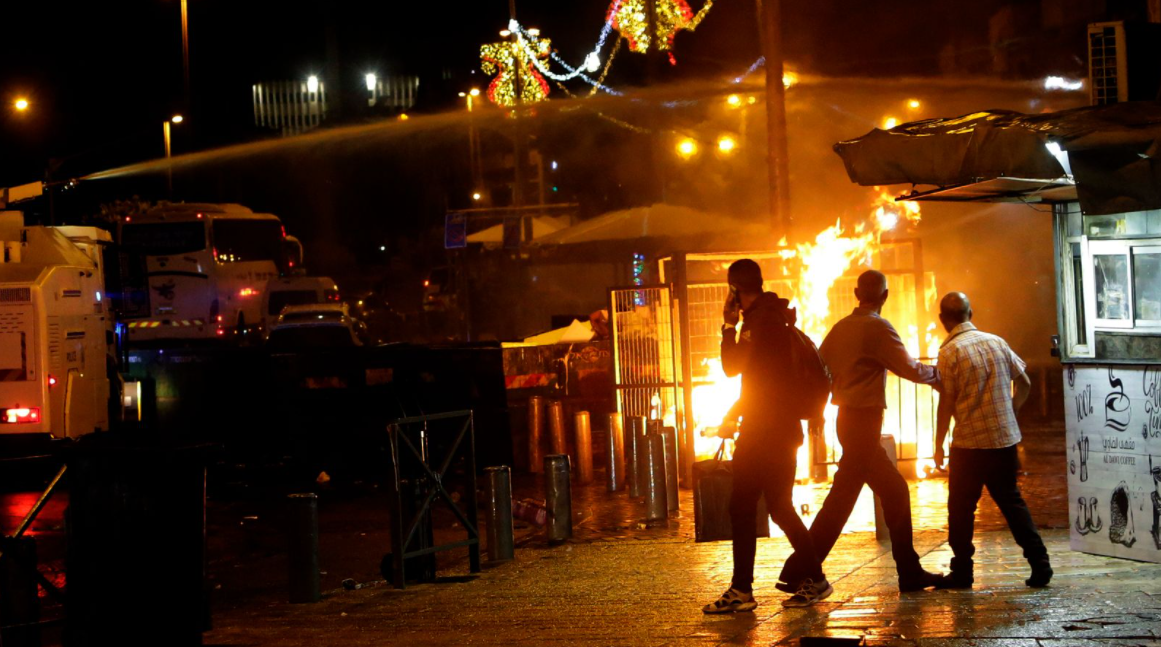 |
| An Israeli police water cannon is deployed near the Damascus Gate |
| Table of Contents |
What is Gaza and why it is important?
The Gaza Strip is a region along the Mediterranean Sea that is 140 square miles (363 square kilometers) in size, northeast of the Sinai Peninsula. The Gaza Strip is unique in that it is a heavily populated area that is not acknowledged as a de jure component of any existing country. The population was less than what Egypt or the United Nations Relief and Works Agency for Palestine Refugees in the Near East (UNRWA) had previously estimated, and nearly half of the population resided in refugee camps, according to the results of the first accurate census, which was carried out in September 1967. 1,444,000 as of the 2006 estimate.
The Gaza Strip is located on a coastal plain that is comparatively flat. The Gaza Strip has one of the highest rates of population growth in the world, which contributes to the region's poor living conditions. Other factors include the region's high unemployment rate, insufficient water, sewage, and electrical services, and Israeli sanctions that have been in place since September 2007.
Check more: Why Does America Support Israel As A Best Friend?
History of Gaza Strip
Ottoman occupation
The Gaza region came under British control when the Ottoman Empire's rule there came to an end during World War I (1914–18), becoming a part of the Palestine League of Nations mandate. Before this mandate expired, the UN General Assembly approved a plan for the Arab-Jewish partition of Palestine in November 1947, according to which the town of Gaza and a portion of the surrounding territory were to be given to the Arabs.
On May 15, 1948, the British mandate came to an end, and the first Arab-Israeli war broke out the following day. Gaza, which served as the operational hub for the Egyptian expeditionary force in Palestine, was quickly taken by Egyptian forces. The area around the town that was under Arab occupation was reduced to a strip of land that was 25 miles (40 km) long and 4-5 miles (6-8 km) wide as a result of fierce fighting in autumn 1948. The Gaza Strip is the name given to this region. The Egyptian-Israeli Armistice Agreement of February 24, 1949 established its boundaries.
Egypt occupation
Egypt's military ruled the Gaza Strip twice, first from 1949 to 1956 and then once more from 1957 to 1967. The presence of numerous Palestinian Arab refugees who were living in abject poverty in filthy camps was the region's main economic and social problem from the start. The Egyptian government refused to recognize the region as a part of Egypt and forbade the refugees from immigrating to Egypt or other Arab nations where they might be assimilated into the local population or obtaining citizenship there. Israel forbade them from going back to their prior residences or from getting paid for the possessions they lost.
The UNRWA's assistance played a significant role in keeping the refugees alive. Many of the younger refugees went on to become fedayeen (Arab guerrillas fighting Israel), and it was in part because of their attacks that Israel was captured during the Sinai campaign in 1956 during the Suez Crisis. In 1957, the strip was once again under Egyptian control as a result of intense international pressure on Israel.
Israel claim
The Gaza Strip was once more captured by Israel during the Six-Day War in June 1967, and the country went on to rule the area for the ensuing 25 years. An uprising known as the intifada (Arabic: intifah, "shaking off") began in Gaza in December 1987 with rioting and bloody street fights between Palestinians and Israeli occupying forces. According to the terms of the Oslo Accords, which were signed by Israel and the Palestine Liberation Organization (PLO), Israel started handing over government control of the Gaza Strip to the Palestinian Authority (PA) in phases in 1994.
The newly formed Palestinian government, headed by Yasser Arafat, had to contend with issues like a stagnant economy, splintered public support, stalled negotiations with Israel over additional troop withdrawals and territoriality, and the threat of terrorism from militant Muslim organizations like Islamic Jihad and Hamas, which refused to make concessions to Israel and were determined to sabotage the peace process.
The second intifada, also known as the Aq intifada, was a more severe outbreak of violence that started in late 2000 after negotiations between the PA and Israel broke down. Israeli Prime Minister Ariel Sharon unveiled a plan to stop the fighting in late 2003 that centered on removing Israeli troops and settlers from the Gaza Strip. Israel finished its withdrawal from the region in September 2005, and the Palestinian Authority took over control of the Gaza Strip. Despite this, Israel continued to patrol the area's borders and airspace.
Hamas’s Governance
Fatah, which had ruled Palestinian politics since its founding in the 1950s, suffered a crushing defeat to Hamas in the 2006 PA parliamentary elections, reflecting decades of criticism of Fatah's leadership as being dishonest and ineffective. Following Hamas' victory, Israel, the US, and the EU imposed sanctions against the group because each had added it to their official lists of terrorist organizations.
An unstable coalition government came to an end in June 2007 when Hamas took control of the Gaza Strip and a Fatah-led emergency cabinet took control of the West Bank. The Gaza Strip was the scene of escalating violence between the rival groups. Hamas continued to rule the Gaza Strip despite requests from PA President Mahmoud Abbas for it to renounce its position there.
Blockade of Gaza Strip
Israel deemed the Gaza Strip, which is governed by Hamas, a hostile entity in the autumn of 2007 and authorized a number of sanctions, including border closures, import restrictions, and power outages. Israel expanded its sanctions in January 2008 in response to persistent rocket attacks on its southern settlements, completely sealing the border with the Gaza Strip and temporarily banning fuel imports. After nearly a week of the heightened Israeli blockade later that month,
The Gaza Strip-Egypt border was closed from Hamas's mid-2007 takeover until 2011, but parts of the barrier were destroyed by Hamas' forces, creating openings through which, according to some estimates, hundreds of thousands of Gazans entered Egypt to buy food, fuel, and other items that were prohibited due to the blockade. Hosni Mubarak, the president of Egypt, permitted the breach for a brief period so that Gaza's suffering civilians could be relieved before efforts to repair the border could get underway.
Several maritime attempts to break the Israeli blockade of Gaza were made in the years following its implementation by the Free Gaza Movement. In August 2008, permission was granted for the first such mission, which included two ships carrying medical supplies and about 45 activists, to enter Gaza. Four additional missions in the following months were also successful. Nine of the more than 600 activists involved in the May 2010 clash between activists and Israeli commandos on a flotilla headed for Gaza were killed.
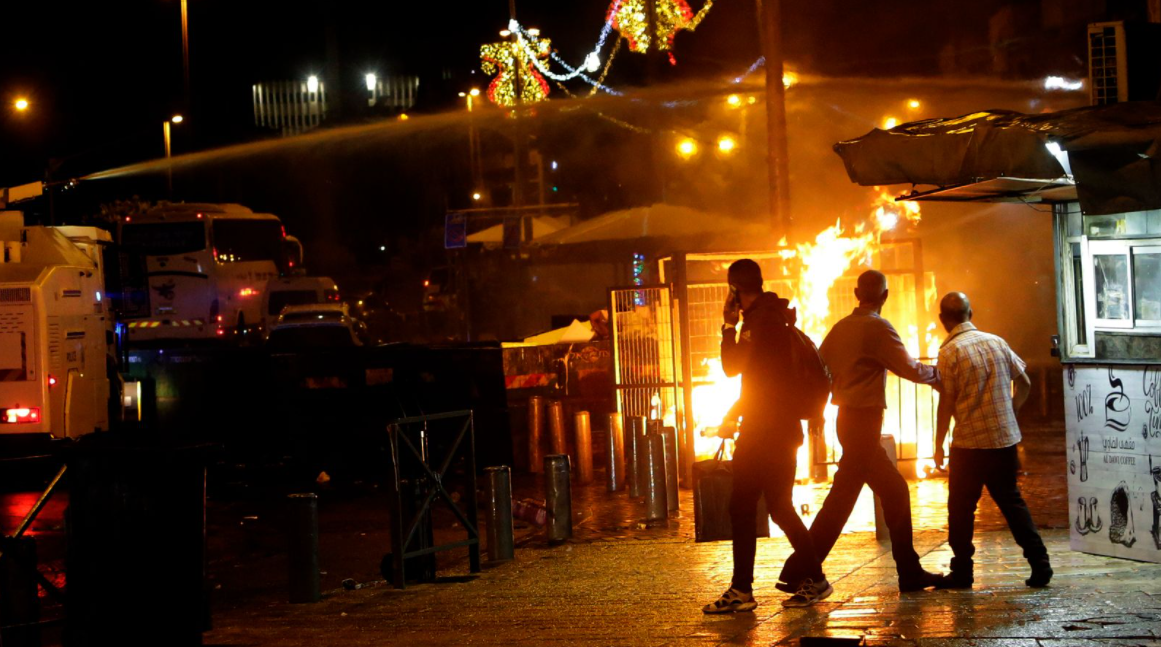 |
| The conflict has spread across the region. (Photo: Sky News) |
Palestinian in the Gaza strip
The Gaza Strip was little more than a reservation for the 20 years that Egypt held it (1948–1967). In general, Egypt's government was oppressive. The lack of citizenship in the area left Palestinian residents stateless (i.e., without nationality) and gave them little real influence over local governance. However, they were permitted to enroll in Egyptian universities and occasionally vote in local elections.
In the Gaza Strip, Amn al-Usayn established a Government of All Palestine in 1948. It was, however, short-lived because it was wholly dependent on Egypt. Palestinian Arab nationalism in the 1950s was greatly weakened by the failure of this endeavor and al-usayn's lack of credibility as a result of his collaboration with the Axis powers during World War II.
With more than four-fifths of its population living in cities, the Gaza Strip, which is 25 miles (40 km) long and 4-5 miles (6-8 km) wide, has grown into one of the world's densestly populated regions. Living in the area came to be characterized by poverty and social unrest. Numerous Palestinians lived in refugee camps and were heavily reliant on UN assistance due to the high unemployment rate (see below). Although most of the agricultural lands they had previously worked were now inaccessible and little to no industry was permitted, Gaza's role as an Egyptian duty-free port led to a boom in commerce. Although some Palestinians in the Gaza Strip were able to leave the region and pursue an education and a job elsewhere, the majority were forced to remain there despite the region's dearth of resources and employment opportunities.
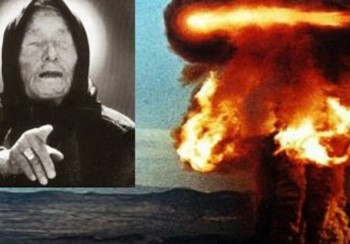 Fact-Check: Vanga Predicted the War Between Israel and Hamas? Fact-Check: Vanga Predicted the War Between Israel and Hamas? The bloody war between Israel and the military group Hamas in the Gaza Strip broke out on October 7, 2023, sparking controversy about "Did prophet ... |
Gaza–Israel Conflict: What is it and How it started?
In addition to being a part of the regional Israeli-Palestinian conflict, the Gaza-Israeli conflict is also the scene of a power struggle between Qatar, Egypt, Iran, and Turkey, who are all supporting opposing sides of the conflict in light of the regional standoff between Qatar and Saudi Arabia and between Iran and Saudi Arabia. There is also a crisis in relations between Egypt and Turkey.
The conflict started when the Islamist political group Hamas won elections in the Gaza Strip in 2005 and 2006. It then intensified when the Palestinian Authority's government split into the Fatah government in the West Bank and the Hamas government in Gaza, and when Fatah was violently ousted after losing the election to Hamas. The conflict has worsened as a result of Palestinian rocket attacks on Israel, Israeli airstrikes on Gaza, and a joint Egyptian-Israeli blockade of Gaza. Unpredictable attacks on civilians and civilian structures that do not distinguish between civilian and military targets are regarded by the international community as being against international law.
Israel continued to patrol and monitor the Gaza Strip's external land perimeter, with the exception of its southern border (where Egypt retained control of the border and border crossings were overseen by European monitors), as part of its 2005 disengagement plan. Israel also continued to monitor and blockade Gaza's coastline. The majority of Gaza's water, electricity, and communications infrastructure are supplied and governed by Israel. Israel continues to be an occupying power under international law, claim Human Rights Watch and Amnesty International. According to General Assembly and Security Council resolutions, the UN has declared that Gaza is a part of the "Occupied Palestinian Territories". While this is going on, the Gaza Strip is referred to as a part of the Palestinian state and the Hamas administration in the West Bank is not acknowledged by the international community as the sole representative of the State of Palestine.
Gaza - Israel Conflict: Timeline of notable events
After months of back-and-forth incursions and strikes, Israel and Hamas decided to implement a six-month ceasefire in June 2008. However, this was threatened soon after as each party leveled increasing numbers of violations against the other in the final months of the contract. On December 19, the truce's official end date, Hamas declared it would not be extended. Soon after, wider hostilities started as Israel launched a series of airstrikes across the region that were among the strongest in recent memory with the intention of hitting Hamas in response to ongoing rocket fire. In response to calls for a cease-fire from the international community, Israeli forces launched a ground invasion into the Gaza Strip after a week of airstrikes. After more than three weeks of fighting, during which more than 1,000 people may have died and tens of thousands were made homeless, Israel and Hamas each unilaterally proclaimed an end to hostilities.
Israel began launching a series of airstrikes in Gaza on November 14, 2012, in response to an increase in the quantity of rockets fired into Israeli territory from Gaza over the previous nine months. Ahmed Said Khalil al-Jabari, the head of Hamas' military wing, was killed in the initial attack. Fighting continued until the two sides agreed to a cease-fire on November 21 as Hamas retaliated with increasing rocket attacks on Israel.
Three Israeli teenagers were abducted in June 2014. As a result of Israel's massive crackdown in the West Bank and increased airstrikes in the Gaza Strip, Hamas responded by firing rockets at Israel. Israel began a 50-day offensive into the Gaza Strip on July 8 as the fighting intensified. The ensuing conflict resulted in the deaths of 2,100 Palestinians and more than 70 Israelis, with the Gaza Strip receiving about 5,000 direct hits. Despite the destruction, Palestinians viewed Hamas's handling of the conflict favorably, which increased the group's popularity.
A series of protests that included attempts to cross the border and the flying of flaming kites were violently suppressed by Israel in the spring of 2018. On May 14, when about 40,000 Gaza residents participated in the protests, both the demonstrations and the violence peaked. When a large number of them attempted to cross the border simultaneously, Israeli soldiers opened fire, killing about 60 people and injuring 2,700 others. Over the course of several months, the violence intensified and included rocket fire from Hamas and military strikes from Israel.
Israel and Hamas appeared to make an effort to de-escalate tense situations amid the sporadic clashes and as Egypt tried to mediate a protracted cease-fire between them. Israel came to the conclusion that a lightning strike had fired the rockets in October when they were fired from the Gaza Strip at it. After a secret Israeli operation in the Gaza Strip was made public in November, Hamas retaliated by firing a large number of rockets into Israel. In retaliation, Israel launched over 100 airstrikes. But after an immediate cease-fire, the parties continued to talk about a long-term "understanding" for the upkeep of peace and an easing of the blockade throughout 2019 and into 2020. The discussions were supported by the cessation of border protests and the easing of restrictions on trade and movement through the Gaza border, despite occasional brief bursts of tit-for-tat violence.
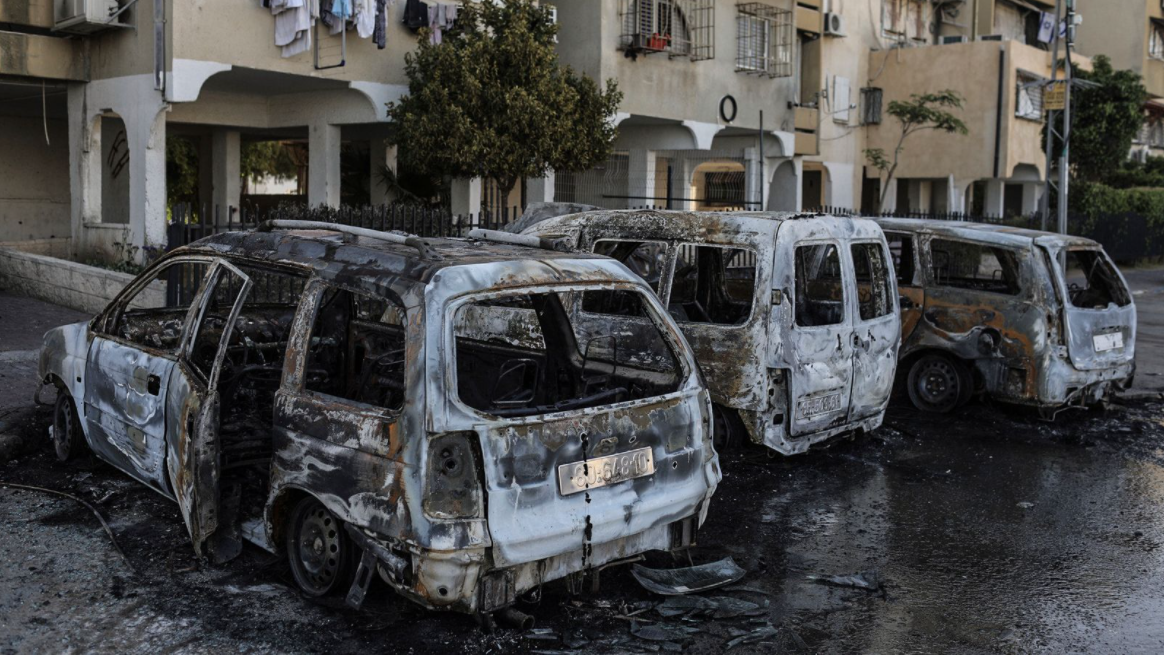 |
| Lod was among the locations where tensions between Jewish Israelis and Arab Israelis rose. (Photo: Sky News) |
What is happening in Gaza?
Jerusalem, which both Israelis and Palestinians consider to be their capital, has seen street fighting since mid-April. Israel imposed a cap of 10,000 worshipers attending the Al Aqsa mosque during the Muslim holy month of Ramadan, which began on April 12. The mosque, also known as Temple Mount, is the third holiest place in Islam and the alleged location of the first and second Jewish temples. The mosque, which was denounced by all moderate Israelis and Palestinians, turned away tens of thousands of Muslims.
The threat of removing Palestinian families from the Sheikh Jarrah neighborhood is another factor contributing to the rise in tension. The Israeli Supreme Court has been informed of Jewish settler groups' claims to land and property in the Palestinian neighborhood, which is located in East Jerusalem. The UK government, the EU, and the UN have all denounced Israel's action.
Tens of thousands of Muslims gathered at the Al Aqsa mosque on May 8, the holiest day of Ramadan, as it is the closest place they can get to the temples' original foundations. The mosque's compound borders the Western Wall, where Jews also pray. Busloads of Muslims were prevented from entering the Al Aqsa compound by Israeli police, who cited unrest in the nearby Sheikh Jarrah neighborhood due to the potential court decision.
Israeli police also used stun grenades and CS gas inside the mosque on May 10, which drew widespread criticism from Palestinians. The Gaza Strip's ruling party, Hamas, then reportedly launched rockets in retaliation for Israeli actions in the Al Aqsa compound. Israeli communities bordering Gaza were the target of the rocket barrage, which also made it as far as the outskirts of Jerusalem. Critics of Hamas assert that the group's actions were a political ruse to distinguish itself from rival Palestinian party Fatah and to protest the decision to postpone Palestinian elections.
Since that time, Gaza has launched hundreds of rockets at Israel, and the Israeli Air Force has bombarded Gaza with airstrikes. There have been numerous civilian deaths, including women and children. Gaza has seen the majority of the casualties. Israel has seen an increase in clashes, with tensions particularly high in Arab-Israeli towns. Following reports that members of Israel's 21% Arab minority had set fire to synagogues and Jews had stoned Arab residents' cars, Israeli Prime Minister Benjamin Netanyahu declared a state of emergency in Lod, a city close to Tel Aviv, the same day, according to Sky News.
Who involved in the conflict?
Hamas
a politically radicalized branch of Islam that rejects Israel. Israel, the US, Japan, the EU, and Canada all consider Hamas to be a terrorist group. The UK, Australia, New Zealand, and Paraguay have designated its Izz ad-Din al-Qassam Brigades military wing as a terrorist organization. Gaza, which is located between Israel and the Mediterranean Sea, has been governed by Hamas since 2006. A sizable Israeli buffer zone in Gaza, which is only 365 square kilometers (141 square miles), prevents much of the land from being inhabited. Gaza is dependent on Israel for its supplies, so there are frequently shortages of power, water, and medicine. Hamas claimed it was "defending Jerusalem" in the ongoing conflict by firing rockets at Israel. As it battles Fatah for control of the West Bank, Hamas seeks to portray itself as the "true defender" of Palestinian rights.
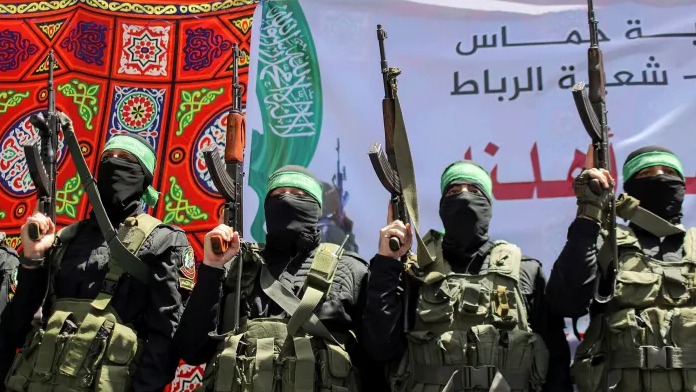 What is Hamas & Why it attacks Israel? What is Hamas & Why it attacks Israel? |
Fatah
Fatah is a Yasser Arafat-founded Palestinian nationalist social democratic party that supports a two-state solution and is regarded as having a more moderate stance toward Israel. It lost its majority to Hamas in 2006, sparking a brief conflict that resulted in the deaths of over 100 people. The West Bank, which includes East Jerusalem and is bordered by Jordan and Israel, is still under the control of Fatah. A new unity government that was agreed upon in 2020 has not materialized since Hamas and Fatah announced their reconciliation in 2014. However, their dispute over Gaza proved to be challenging.
Israeli government
Israel's offensive will be widened, according to Prime Minister Benjamin Netanyahu, who also declared that Hamas will "pay a very heavy price for their belligerence". In Israeli politics, there is a struggle for dominance as Mr. Netanyahu's window to put together a coalition government closes on April 7. Israel could hold its fifth general election since 2019 if a government is not formed within a month, and Mr. Netanyahu runs the risk of losing his 12 years in office. The Israeli military says it will continue to hit the Gaza Strip hard from the air with jets, attack helicopters, and drones as part of its offensive, which it has dubbed "Operation Guardian of the Walls". Israel, according to Mr. Netanyahu, will put an end to widespread Arab protests "with an iron fist, if necessary." Reuven Rivlin, the president of Israel, claimed that by remaining silent about the clashes, the Arab leaders of the region are "supporting terrorism and rioting."
Jewish nationalists
Since Itamar Ben-Gvir, one of the group's leaders, was elected to the Knesset, Israel's parliament, there has been an increase in the number of Jewish far-right supporters. He has demanded that Israeli Arab citizens who are disloyal to Israel be expelled. As a sign of support for the legal battle being pursued by the Jewish settlers, Mr. Ben-Gvir established a temporary office in the Sheikh Jarrah neighborhood. According to reports, Mr. Netanyahu's aide ordered him to leave the area without delay because otherwise Hamas would start firing rockets into Israeli territory. The presence of Jewish nationalists marching through Sheikh Jarrah on Jerusalem Day has been viewed as one of the current conflict's flashpoints.
Israeli Arabs
There are roughly 1.89 million Arabs living in Israel, the majority of whom are Israeli citizens who also identify as Arabs or Palestinians. According to the most recent figures from Israel's Central Bureau of Statistics for 2019, they make up 20.95% of the country's population. Israeli Jews and Israeli Arabs coexist in a number of Israeli cities and towns. Conflict between the two has resulted in clashes, with Israeli Arabs protesting in favor of Palestinians. Attacks on synagogues and street fighting between the two communities have occurred; there are reports of unprovoked attacks on both sides. According to Israeli President Rivlin, it is a "senseless civil war among ourselves" and demanded an end to "this madness."
| In May 2021, a significant escalation happened. When Israel's Supreme Court was scheduled to rule on the eviction of dozens of Palestinian families from their homes, the simmering tensions in Jerusalem reached a boiling point. Hamas fired rockets into Jerusalem and parts of southern Israel in response to clashes between Israeli police and Palestinian protesters; Israel struck back with airstrikes in the Gaza Strip. |
 Israel - Arab World Conflict: Background, History and Notable Events Israel - Arab World Conflict: Background, History and Notable Events Israel - Arab World Conflict has been going on for decades but not everyone knows what its real roots are. Find out right below! |
 What is Hamas & Why it attacks Israel? What is Hamas & Why it attacks Israel? Fightings between Hamas and Israel are global hot news these days. What is Hamas and Why do they fight against Israel? Find out right ... |
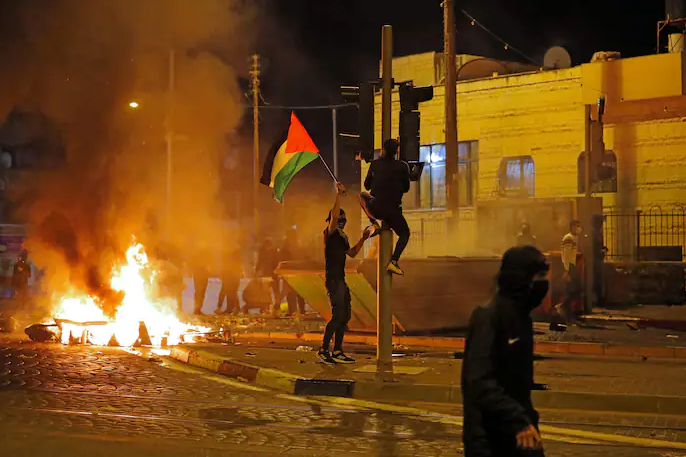 Israel – Palestine Conflict: History, Timeline, Cause and Everything to Know Israel – Palestine Conflict: History, Timeline, Cause and Everything to Know Israel – Palestine Conflict is one of the most severe and longest-running disputes in the world. In this article, you will be introduced to facts .. |

